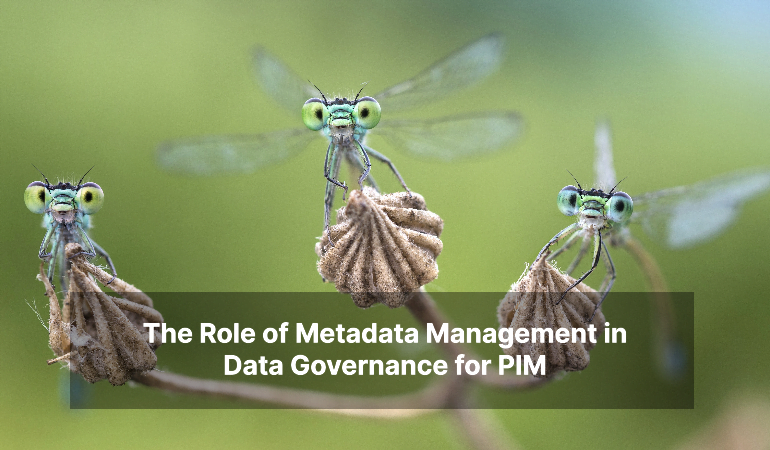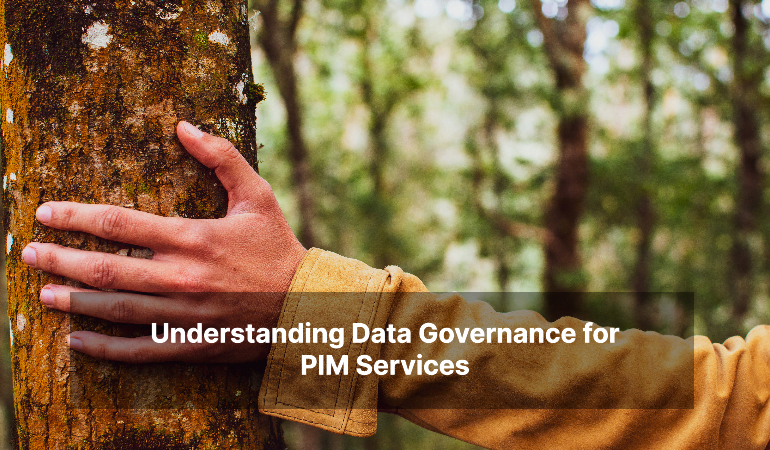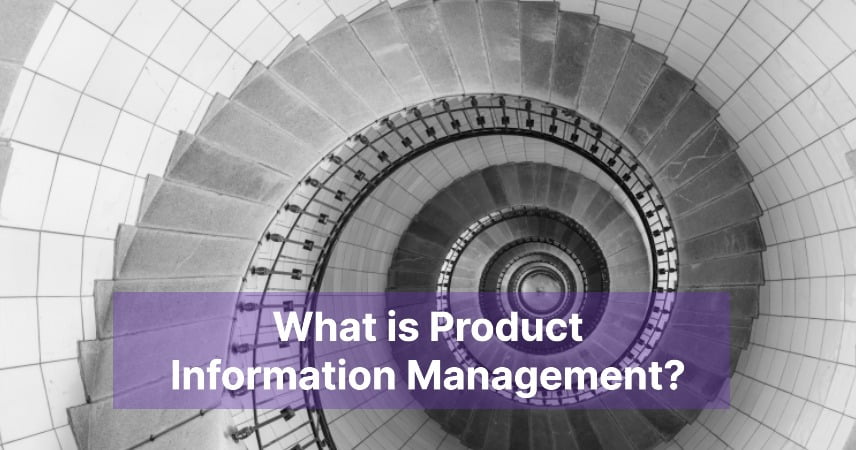The Role of Metadata Management in Data Governance for PIM

In the realm of managing data for Product Information Management (PIM), there exists a crucial yet often overlooked component: metadata management. Integration Company Managers, tasked with ensuring seamless operations within their organizations, must understand the pivotal role metadata management plays in maintaining effective data governance. But what exactly is metadata, and how does its management contribute to the broader scheme of data governance?
Understanding Metadata: The Building Blocks of Data
Before delving into its management and governance, let’s grasp the essence of metadata. Think of metadata as the DNA of your data—it’s the descriptive information that provides context, structure, and meaning to your raw data. Just like DNA holds the instructions for building and functioning of living organisms, metadata holds the instructions for organizing, understanding, and utilizing data effectively.
Types of Metadata
Metadata comes in various forms, each serving a specific purpose in the data ecosystem. Understanding these types is crucial for efficient management and governance.
- Descriptive Metadata: This type describes the content and context of the data, including titles, keywords, and abstracts.
- Structural Metadata: It outlines the organization and structure of data, such as how it’s formatted, its schema, or table relationships.
- Administrative Metadata: Administrative metadata deals with the management aspects of data, like ownership, access rights, and version information.
The Significance of Metadata Management in Data Governance
Now that we grasp the essence of metadata, let’s explore its role in data governance, especially concerning Product Information Management (PIM) systems.
Ensuring Data Quality and Consistency
Metadata management serves as the backbone for maintaining data quality and consistency within PIM systems. Organizations can ensure that their product data remains accurate, reliable, and uniform across various channels by defining standardised metadata schemas and enforcing consistent tagging and labelling protocols.
Facilitating Data Discoverability and Accessibility
In today’s data-driven landscape, quickly locating and accessing relevant information is paramount. Effective metadata management enhances data discoverability by enabling robust search and retrieval mechanisms. By assigning relevant keywords, categories, and tags to data assets, organizations empower users to locate and access the information they need promptly.
Supporting Regulatory Compliance and Risk Mitigation
In an era marked by stringent regulatory requirements and data privacy concerns, metadata management plays a crucial role in ensuring compliance and mitigating risks. By accurately documenting data lineage, provenance, and usage policies, organizations can demonstrate regulatory compliance, mitigate data breaches, and safeguard sensitive information from unauthorized access or misuse.
Implementing Effective Metadata Management Strategies
Now that we understand the importance of metadata management let’s delve into strategies for its effective implementation within PIM environments.
Define Clear Metadata Governance Policies
Start by establishing clear governance policies outlining the standards, guidelines, and procedures for metadata management. Define roles and responsibilities, establish data stewardship programs, and foster a culture of accountability across the organization.
Leverage Automated Metadata Tagging Solutions
Invest in automated metadata tagging solutions that leverage machine learning and natural language processing capabilities to streamline the tagging and categorization process. These solutions can analyze the content of data assets, assign relevant metadata tags, and ensure consistency and accuracy at scale.
Implement Metadata Lifecycle Management Processes
Develop robust metadata lifecycle management processes to govern the creation, modification, and retirement of metadata assets. Define workflows for metadata creation, approval, and validation, and establish mechanisms for version control and audit trails to track changes and ensure compliance.
Conclusion
In the ever-evolving landscape of data governance for Product Information Management (PIM), metadata management emerges as a linchpin for success. By understanding the role of metadata in providing context, structure, and meaning to data, Integration Company Managers can implement effective strategies for managing and governing their organization’s data assets. From ensuring data quality and consistency to facilitating discoverability and compliance, metadata management remains essential in driving informed decision-making and fostering organizational growth.





